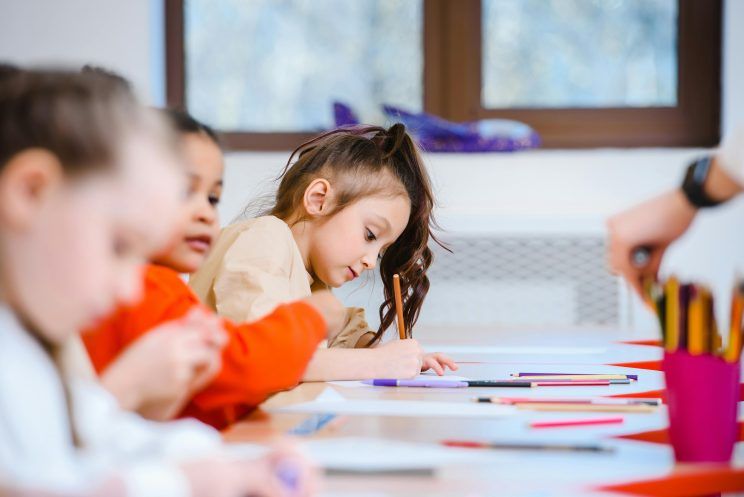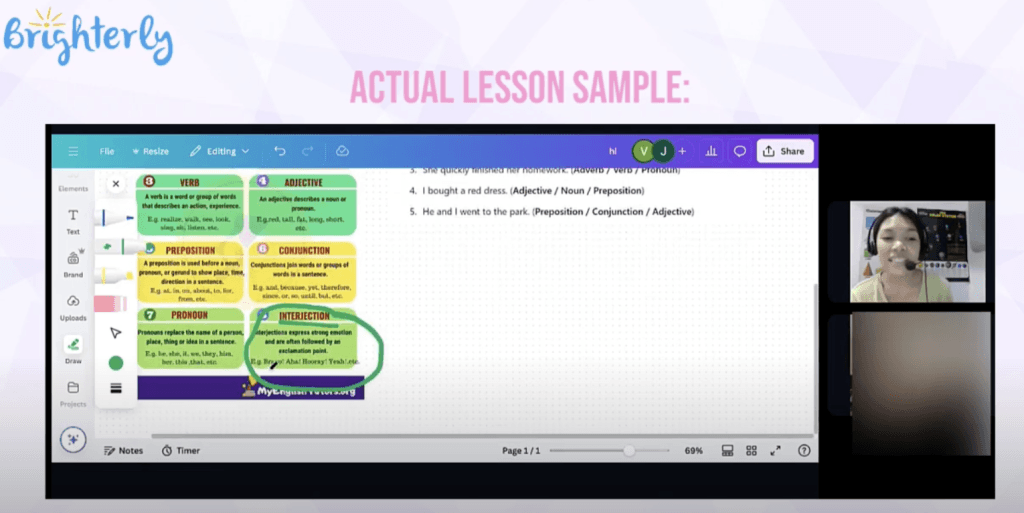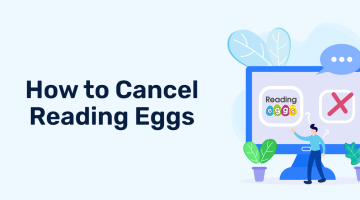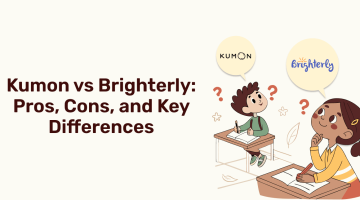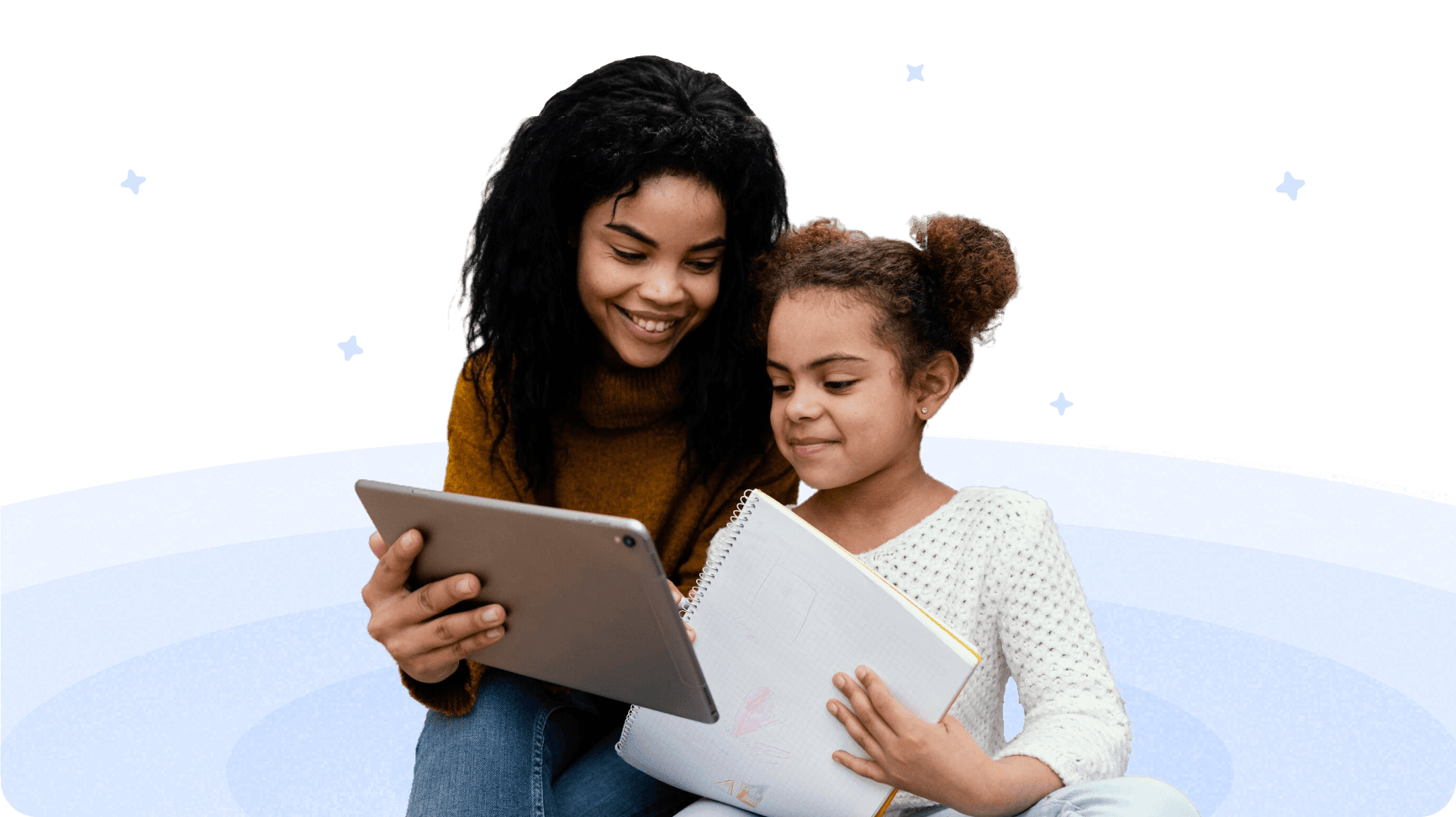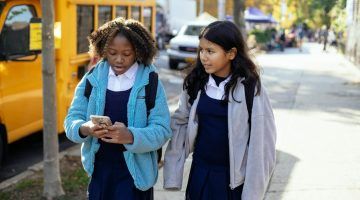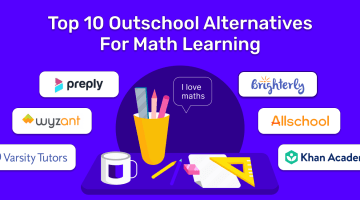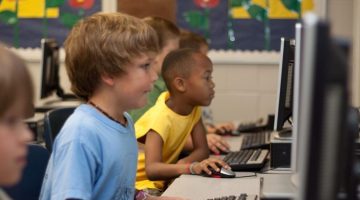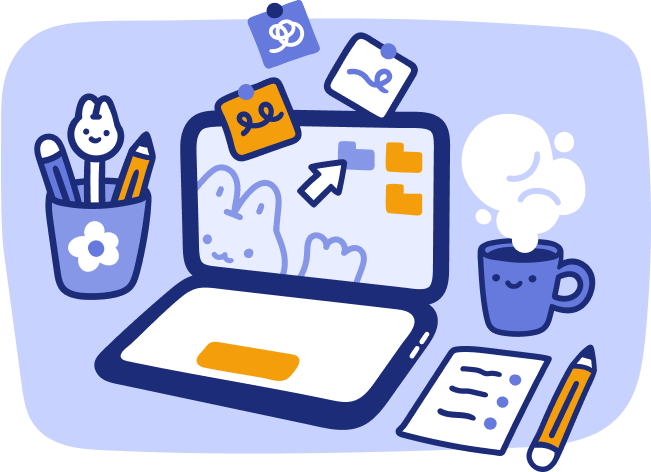What is Guided Reading? Definition, Strategies, and Examples
reviewed by Franz Jerby Delos Santos
Updated on October 22, 2025
Do children reach their reading potential in today’s classrooms? Most surely, no. In this article, I’ll define guided reading and explore its benefits from the perspective of a tutor. I will also explain why guided reading is important and share effective strategies that help children become strong readers.
Key points
- Guided reading is an individual or small-group lesson that helps students to improve reading and critical thinking.
- Individualized instruction ensures that struggling readers get the support they need, while advanced readers are also challenged appropriately.
- The typical guided reading lesson includes strategies such as leveled texts, guided questioning, think-alouds, and rereading.
- Platforms such as Brighterly are an example of successful guided reading programs that combine professional reading tutors with engaging one-on-one online classes.
What is guided reading?
Guided reading is an approach to learning where teachers “guide” students, individually or in a small group, through slightly challenging texts. Step-by-step, tutors help to improve fluency and comprehension, thereby building independence in reading.
I bet you’ve heard of such a way of teaching, but do you really know the guided reading meaning? In this article, I will dive deeper into guided reading, namely discussing why it’s important today, and sharing some of the effective strategies I use with my students.
What is guided reading level?
Guided reading level is a way of matching reading materials to a child’s current abilities. In contrast to traditional education, guided levels are student-centered. The tutor, according to the reading level, selects suitable texts that are neither too easy nor too difficult, thus encouraging students to improve.
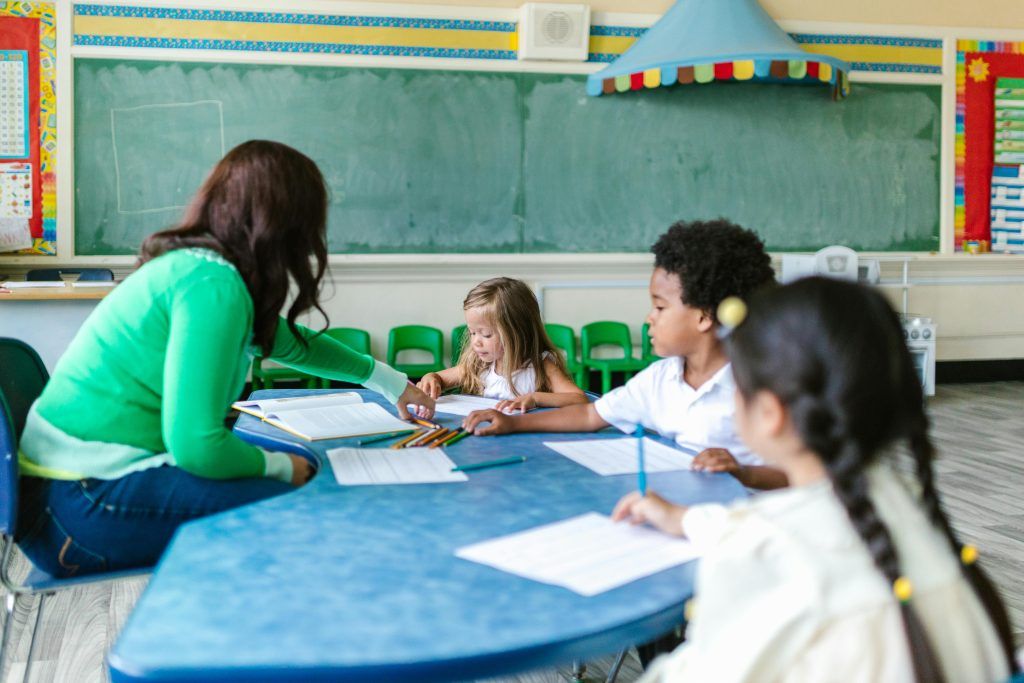
So, how do tutors define the reading level? It’s just a combination of observation and assessment based on the tutor’s experience. They look at how well a child can understand and discuss the text, read with appropriate pacing and intonation, decode unfamiliar words, etc.
The widely used guided reading levels are often defined in letters, for example:
- Level A-C: Early readers who are capable of comprehending short sentences, but who rely heavily on pictures for context.
- Level D-F: Beginning readers who can handle slightly longer sentences and simple storylines with less visual support.
- Level G-J: Transitional readers, capable of reading paragraphs, understanding some basic character motivations.
- Level K-Z: Advanced readers, able to tackle longer texts, multiple chapters, and abstract ideas with teacher support.
Note: Skills vary widely among same-age children, which can cause struggling students to lose confidence in the classroom. Hence, individualized support from a professional tutor is often essential. It helps students improve their reading and overall confidence, without the pressure of peers.
How to teach guided reading?
- Engage in one-on-one lessons with a reading tutor
- Assess the child’s reading level
- Choose the right text
- Engage in interactive guided practice
- Gradually release responsibility
- Reflect and reinforce learning
Teaching guided reading by engaging in one-on-one lessons with a reading tutor
Probably, the best of the guided reading steps is to find a professional reading tutor for your child. A tutor can quickly assess current abilities and create a curriculum matching the child’s learning style.
In your search for a proper mentor, pay attention to whether they use carefully chosen texts, purposeful tasks, and supportive communication. A strong mentor understands that teaching reading is not only about fluent word recognition, but much more about helping the child understand the meaning of the text. For example, to be able to interpret characters and their motivations or to follow the author’s ideas. Since many children today are impatient and reluctant to read, effective tutoring requires a great deal of persistence and empathy.
How does Brighterly help with guided reading?
At the Brighterly math and reading platform, the science of reading is at the heart of how we support young learners. Experienced guided reading mentors here teach children to become proficient readers using a variety of techniques in a pressure-free one-on-one environment.
The reading program at Brighterly has several standout features.
- The learning is fully personalized. Each student studies through 1-on-1 sessions with a tutor focused on their individual challenges. The tutors with guided reading skills select texts and exercises tailored to each child’s level.
- Lessons are thoughtfully designed to help children analyze texts, spark imagination, and build knowledge – while also improving speaking and critical thinking.
- Sessions include interactive tasks and are pressure-free, with tutors encouraging children to celebrate progress.
- You can also make use of the printable reading worksheets for kids if you’d like to keep practicing at home – all those resources are completely free.
- Finally, students progress at their own speed, ensuring steady individual improvement.
Note: Brighterly tutors work with children from grades 1-9, and the entire reading program follows the U.S. school curriculum.
All in all, this guided reading program is perfect for improving your child’s academic performance and helping them to stay confident in class.
Assess the child’s reading level
As briefly described above, one of the very first steps is to determine a child’s reading level. You can do it at home through reading tests or address a tutoring service to conduct the evaluation for you. Unlike whole-class reading, guided reading resources provide focused attention, giving the teacher the ability to notice subtle challenges and progress of the student. That won’t be possible for a teacher in the school.
Choose the right text
Before a guided session, the tutor selects a proper text that is balanced between familiarity and challenge. The text should also align with students’ interests, so the story would spark natural curiosity. Though some boring scientific texts for proficient readers are also an option to build a truly advanced reader.
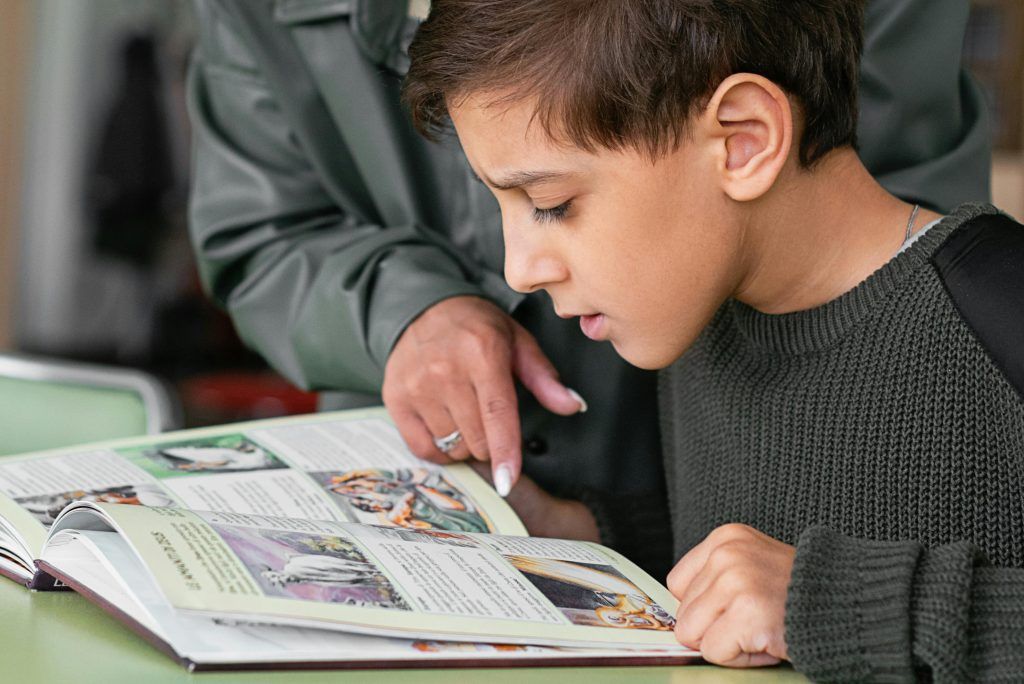
During planning, reading tutors consider different text features such as vocabulary complexity, sentence variety, and content. The professional tutor will also mix diverse types of texts – narratives, informational passages, poems – to develop a sound comprehension of different genres and writers’ ideas.
Engage in interactive guided practice
Then, during the structured session, the tutor would focus on interactive guided reading practice. This can include asking students to make predictions, explaining less decodable words, or modeling strategies such as reading with different intonations. Students are encouraged to read aloud or in silence, and then share their interpretations. This is much more effective than traditional one-by-one reading in the school classroom and helps the tutor to identify children’s misunderstandings in real time.
At this point, many parents wonder, “Is guided reading science of reading?” since the methods look interactive and comprehension-focused. But no, those are different concepts, as the former also differs from the explicit, systematic instruction emphasized in the Science of Reading.
Gradually release responsibility
Release of responsibility is the other essential element. To start, a tutor with guided reading skills gently guides a student, explaining, asking, and thinking aloud. As the session progresses, it is the student who takes on more responsibility for ‘solving’ the text, while the teacher offers feedback and encouragement as needed. This is necessary to build a child’s confidence in their abilities and independence from others.
Reflect and reinforce learning
Finally, reflection and reinforcement are also very important. After reading, the tutor usually asks questions, summarizes, or connects the text to personal experiences. The tutor records the child’s studying progress, plans guided reading ideas for future sessions, and makes sure that the student correctly understands the material.
Why is guided reading important?
In short, guided reading is important because:
- It closes the gap between students
- Supports comprehension
- Boosts confidence and motivation
- Prepares for future learning success
- Builds lifelong learning skills
Next, let’s discuss each in more detail.
Guided reading aims to close the gap between students
We all know that in a typical classroom, pupils’ reading abilities differ substantially. Some may already enjoy chapter books, while others still struggle with basic reading word by word. Without personal support, those behind risk falling further behind year after year.
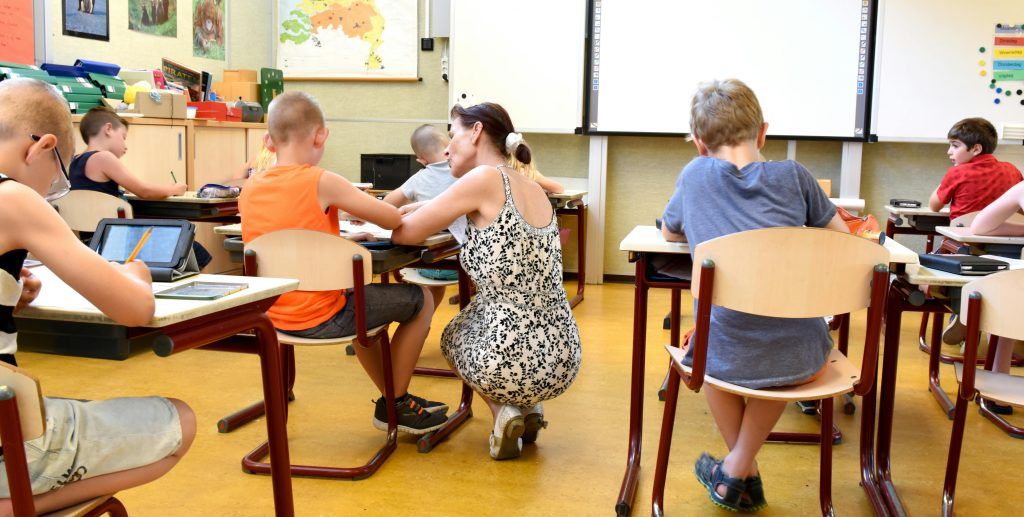
Consistent guided reading practice improves comprehension
Reading isn’t just about saying the words properly, but about understanding the ideas. That’s where most children struggle. Guided reading resources improve comprehension through questions and discussions. This helps children think critically and see the world from different perspectives
Boost of confidence and motivation through guided reading strategy
When a child finally succeeds in reading, their confidence soars. They feel proud of their progress and motivated to read inside and outside the school. That’s a real positive cycle of growth: the more children read, the stronger their skills become. Trust me, the tutor feels the same excitement from such an outcome of their lessons.

Guided reading prepares for future learning success
From math problems to history textbooks, every subject in school depends on reading. Children who don’t master reading will face challenges across the board. Lessons, when supported by guided reading steps, give a child a solid foundation and ensure they are ready to handle increasing demands.
Guided reading lesson builds lifelong learning skills
Guided reading not only improves reading test scores but also teaches children how to learn independently. And that is by far more important. When students work through slightly challenging texts with support, they acquire problem-solving strategies applicable to any subject. This independence prepares them for adult life, where strong literacy is vital.
What research tells us about guided reading efficiency?
The data support these conclusions – the guided reading strategy can substantially improve students’ performance.
One high-profile study in Florida examined the impact of a guided reading program, Reading Plus, on 80 Grade 3 students who had performed poorly on the Florida Comprehensive Assessment Test. The guided reading strategy was computer-based and tailored to each student’s level. It first provided texts that matched students’ abilities, gradually increasing in complexity.
During the program, students read silently and completed exercises. Researchers compared them with students who didn’t participate. The results were impressive. Children participating in the guided program scored significantly higher on reading tests, about a “full step” above the comparison ‘unguided’ group. In simpler terms, it means that their reading skills improved enough to put them noticeably ahead of peers who didn’t get the program.
Similar research conducted in Georgia in primary grades came to the same result. Guided reading was found to have a consistent positive effect on vocabulary growth, reading fluency, and comprehension.
Benefits of guided reading
Guided reading instruction can be very helpful for children of all ages. It provides essential tools for early readers and helps to detect and address weaknesses in middle and high school students. Its advantages can be summarized as follows:
Personalized support |
|
Learning load by level |
|
Developing well-rounded literacy |
|
Building confidence |
|
Hence, guided reading is not just another way to practice literacy, but an approach that gives a child the opportunity to grow as a reader at their own pace.
Guided reading strategies
- Previewing the text
- Using leveled texts
- Echo and choral reading
- Vocabulary support
- Rereading
- Guided questioning
- Think-aloud strategy
- Small-group discussions
- Independent practice
As a certified tutor, I have shared some guided reading examples of strategies commonly used by me and my colleagues. Check all of the details below:
1. Previewing the text
Before reading, I make the story introduction and ask children to explore titles, illustrations, and keywords to make predictions about it.
2. Using leveled texts
As I said earlier, the key is to choose a book that is slightly above a child’s comfort zone.
3. Echo and choral reading
I demonstrate fluent reading (echo), and the student repeats (choral) afterwards to build phonemic proficiency.
4. Vocabulary support
I prefer to explain any difficult words in text beforehand using visuals, synonyms, or examples.
5. Rereading
According to the guided reading strategy, it’s a good idea to revisit the same text multiple times. For instance, the first read focuses on decoding, the second on fluency, and the third on comprehension. The child discovers new ideas when rereading and also develops awareness of their own progress.
6. Guided questioning
I often ask open-ended questions during and after reading. So the child would try to think critically rather than answering yes or no.
7. Think-aloud strategy
To teach by example, I can read and share my thought process as I read. I do it to show a child how a skilled reader can analyze and make predictions simultaneously.
8. Small-group discussions
Before the end of the guided reading lesson, I ask students to discuss the story or blog, share ideas, and connect it to their own experiences, so the lesson stays in memory for longer.
9. Independent practice
Gradually, I encourage a child to apply the learnt strategies on their own. In this way, they transition from guided sessions to independent reading.
Conclusion: Guided reading program meaning & influence
Let’s sum it up. The guided reading definition comes down to a specific strategy that matches a child with their unique strengths and weaknesses to a highly skilled tutor. By meeting each child at their current level, a tutor creates a supportive environment where reading feels possible without peer pressure and boring classes. Moreover, reading as such is redefined. Rather than quick passing through words, a tutor teaches how to pronounce them properly, make logical emphasis, decode difficult words, and later on analyze the story professionally.
That’s the very approach adopted at Brighterly – the program created with guided reading ideas at its core. Curious to see how it works? You can book free reading lesson with Brighterly and check if your child enjoys the experience.

